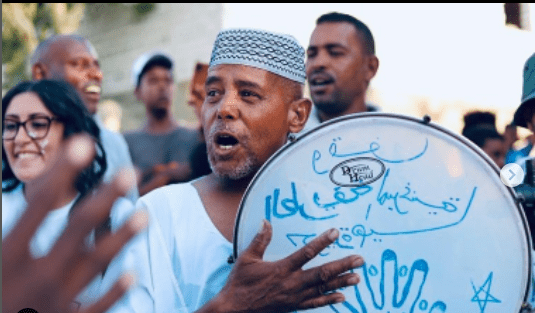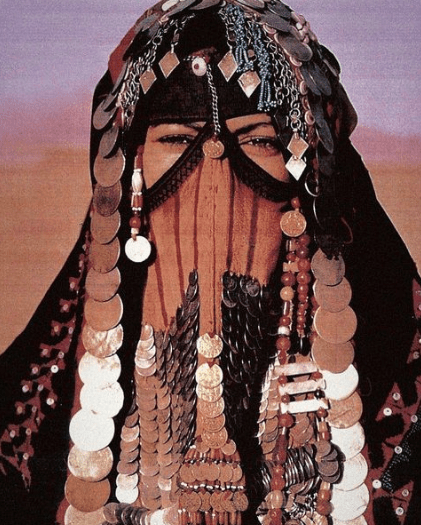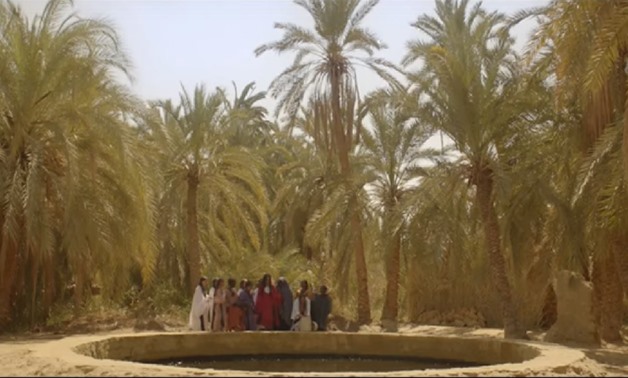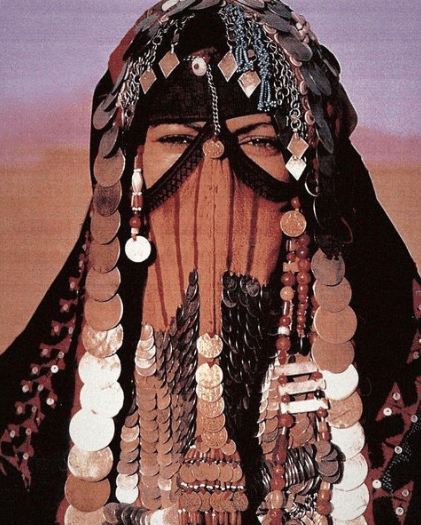One would think, that with all the weddings we have been to we must have “seen it all” but we are here to tell you you have not! The way a wedding is celebrated varies immensely amongst Egyptian ethnic minority groups. So stick around for this ride and check out the most unique wedding traditions.
The Nubians
Attention to the Southern city has been on the rise, and many of us have visited and encountered Nubian traditions. For Nubians, marriage traditions seem to persist. Weddings usually last 3 days and constitutes of Lelet el Hena, Henna and Wedding. Lelet El Henna is for both the Bride and Groom. For many it is the most anticipated amongst the three nights. You better be a night owl because Lelet el Henna starts at 1 am and could last till 7 am!
Renowned for their kindness and hospitality, the family of the bride and groom giveaway. Tea with milk or “Chai b Halib” as the Nubians call it, Popcorn, Dates and biscuits are amongst the snacks offered to the community. The Dowry is decided upon by an association and its a symbolic amount, not more than 100 EGP.

The Bedouins
Bedouins are the Arab tribes of the Sinai Peninsula and the eastern desert. Most of the Sinai Bedouins continue to adhere to the tribes traditions.
For Bedouins it is custom to offer coffee to the father of the groom, he then has to put the coffee on the ground and state that he came to ask the father of the bride to marry his son. The father of the groom does not drink the coffee till his request is approved. When approved, he drinks the coffee, and members of the house start celebrating by singing and chanting.
Animals play a big role in Bedouin marriage traditions, sometimes the groom adds camels to the dowry. After all, every bride needs her camels! Also, right before the bride enters her new home, a sheep is slaughtered as a form of blessing for the newlyweds.
Bedouin weddings tend to take place on the 14th or the 15th day of the lunar month. A wedding under a fully lit moon is defiantly something we can all stand behind.

Siwa Oasis
Land of the Palm trees and Salt lakes, the people of Siwa have valued their marriage rituals for the longest time. The groom does not bring his wife from her father’s house, but his sister, aunt or uncle, while he awaits, the bride in front of his house.
After a week, the mother visits her daughter to check in on her, and then the groom gifts his mother-in-law the heart of a palm tree also known as the “Jammar.” The Palm tree is the main source of income for the people of Siwa. This is a symbol of him sacrificing his most valuable possessions the same way the mother gave away her precious daughter.
The Bride’s wedding dress has its own character as it is white embroidered with seashells buttons and silk. It may take up to 4 months to manufacture the dress and its embroidered veil.

Matrouh
It doesn’t get more interesting than Matrouh, sometimes relatives may crack eggs and break pottery on the newlywed’s house door.
WE SAID THIS: Which of the above wedding traditions caught your attention?



